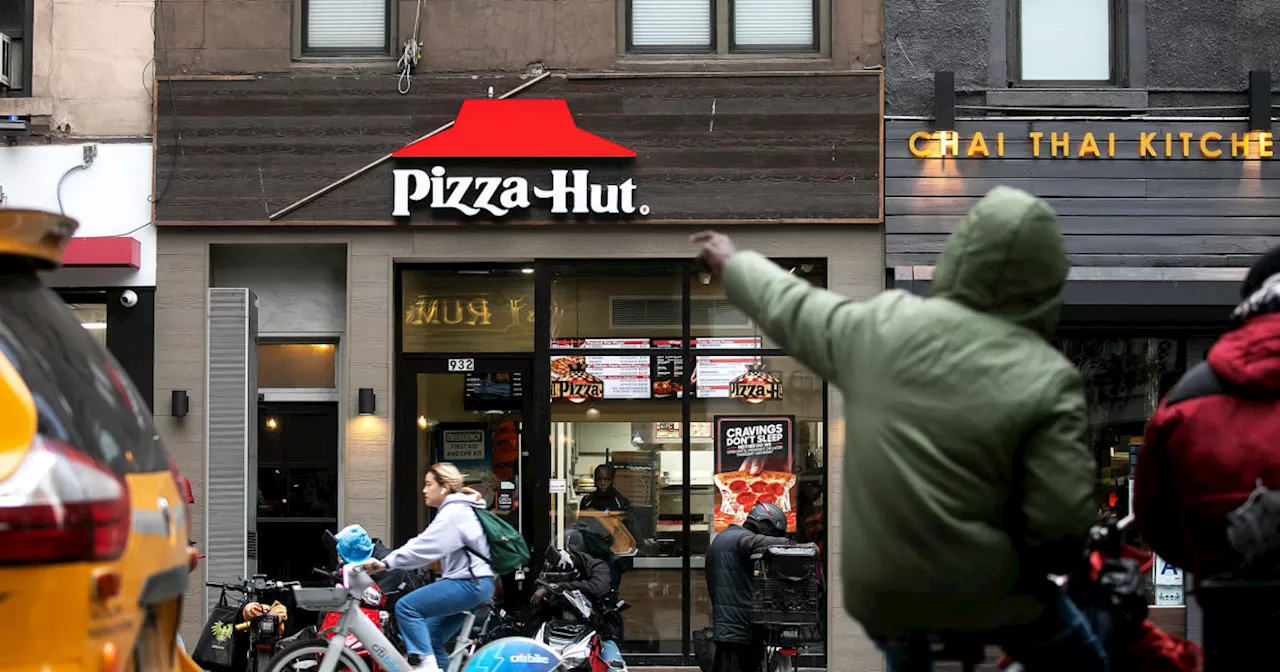URGENT UPDATE: Yum Brands, the parent company of Pizza Hut, has just announced a formal review of strategic options for the struggling pizza chain due to a significant decline in U.S. sales. This critical move comes as Pizza Hut grapples with a 7% drop in sales and faces intensifying competition in the U.S. pizza market.
Latest data shows that while Pizza Hut is experiencing growth internationally, with nearly 20,000 stores in over 100 countries, the brand is heavily reliant on its U.S. market, which accounts for nearly half of its sales. The review was confirmed by Yum CEO Chris Turner, who stated that the brand needs to take “additional action” to unlock its full potential.
Pizza Hut’s challenges are stark—its market share in the U.S. has fallen from 19.4% in 2019 to just 15.5% today, according to industry analysts at Technomic. The company has struggled with outdated dine-in restaurants, while consumer preferences have shifted towards fast delivery and carryout options. This shift was exemplified in 2020 when a prominent franchisee closed 300 stores following bankruptcy.
“Pizza Hut’s performance indicates the need to take additional action to help the brand realize its full value,” Turner explained. The review may lead to a potential sale or restructuring, but Yum Brands has not set a timeline for the completion of this review, nor will they provide further comments at this stage.
Interestingly, Yum Brands’ stock surged nearly 7% in early trading following this announcement, reflecting investor optimism about the company’s strategic direction. Yum Brands also oversees other popular chains like KFC and Taco Bell, which reported an 8% increase in revenue for the third quarter, buoyed by strong sales.
Pizza Hut’s legacy dates back to 1958 when it was founded in Wichita, Kansas, by two brothers who borrowed $600 to start their business. Its iconic red roof became a symbol of the brand, and by 1971, it had become the world’s largest pizza chain. However, in recent years, it has struggled to adapt to changing consumer behaviors, especially as competitors like Domino’s have prioritized delivery and carryout services.
As Pizza Hut navigates this critical juncture, the fast-food landscape is also shifting with other 1950s-era chains, like Denny’s, announcing similar transitions. This trend underscores the urgent need for established brands to innovate or risk obsolescence in an evolving market.
The situation is developing, and stakeholders are watching closely as Yum Brands evaluates its options for Pizza Hut. Consumers and investors alike will be eager to see how this review unfolds and what it means for the future of one of America’s most recognized pizza brands.
Stay tuned for further updates as this story develops.






